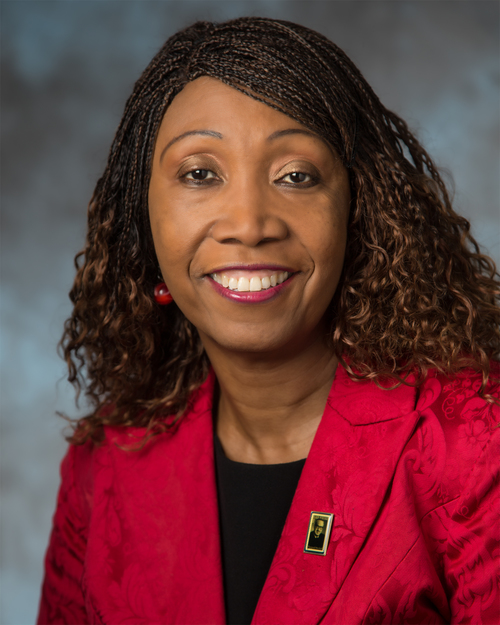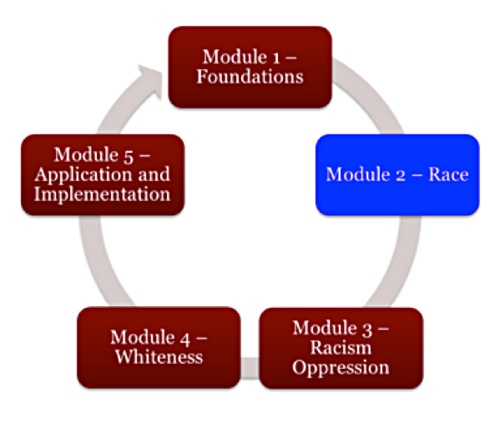Frontline Blog
What Does Health Equity in Action Look Like?
July 2016
By Dr. Ngozi T. Oleru, PhD, Director, Environmental Health Division, Public Health Seattle & King County

Public Health – Seattle and King County (PHSKC) serves over 2 million people with a staff of 1500 employees and is the 13th most populous county in the United States. In addition to the city of Seattle, our County includes 38 other cities, international air and seaports, and a diverse population that speaks about 150 different languages. We have an annual budget of about $318 million and are the largest health department in Washington State.
We began our current work on health equity a little over 10 years ago. It was in response to a challenge from department staff to leadership to attend an, “Undoing Institutional Racism” (UIR) training. The call to action from this experience propelled us to join a national cohort of teams assembled by the Joint Center for Political and Economic Studies’ Health Policy Institute to work on the social determinants that affect the health of people of color; in other words, health equity. Our King County team chose to work on racism as a social determinant of health. In 2007, PHSKC also adopted social justice as one of four principles of practice.
There are several definitions of health equity in the literature but our work here in PHSKC is based on the definition that health equity is the fair and just distribution of the determinant conditions of health for all population groups. This includes social, economic and political resources, opportunities, responsibilities and their consequences.
Advancing health equity then, is eliminating these preventable and unjust differences for impacted people of color and low-income populations.
Think about health equity as the fingers on your hand. As you can see, the fingers on your hand are all different lengths and girths. Each finger has a function, and under normal circumstances is able and happy to perform its chosen function. The thumb does not want or need to be the middle finger, nor does the little finger want or need to be the thumb, etc. The hand’s beauty and functionality is dependent on the differences in the fingers.

But in all their differences, each finger has or should have the necessary infrastructure, blood supply, nerves, bones, connective tissue, muscle, etc. from the body to be the best it can be and contribute so the hand functions at its best.
So, (health) equity is not about each finger receiving equal amounts of blood, etc. but, instead each one receiving optimally what it needs to function at its highest potential.
How are we creating and increasing health equity here in King County? Some examples are below.
- We adopted a framework that challenges and pushes us to solve problems “upstream”. In this way, we attack the root causes of inequity at the same time we deal with the downstream health outcomes that are manifest in our communities. The most upstream root cause of health inequity is racism, hence our team’s decision to choose it as the focus of our project work 10 years ago.
- Our work was launched in 2008 as King County’s Equity and Social Justice (ESJ) Initiative. In 2010, ESJ was adopted as an ordinance and integrated into all county government programs, services, policies and community engagement. The significance of this county-wide approach (as opposed to the effort living only in the health department) is that all agencies and departments who have responsibility for those social, economic and political determinants of health get to be primary participants in understanding and exercising their role as creators of health and health equity.
Some examples of this include:
- The department of transportation, in its strategic plan, recognized that certain population groups and geographies need to have more frequent services because they are more dependent on public transit, so they changed their allocation methodology.
- The parks department decides to prioritize investments based on chronic disease data for different regions of the county.
- Every County agency and department commits its resources to enrolling residents into the Affordable Care Act coverage under Public Health’s leadership.
- The County creates a low-income fare to counter the rising cost of public transportation.
- We have invested in training on the principles of equity and social justice, racism, and white privilege to increase staff capacity in using an ESJ lens in their everyday work.
- We have acknowledged the importance of diversity and inclusion in our workforce and workplace. So we are making intentional efforts to hire for diversity, especially into positions that make decisions about how social goods are distributed. We have committed to making the workplace more welcoming and inclusive.
- We have developed a school-to-career pipeline, in partnership with local school districts and colleges, to interrupt the school-to-prison pipeline and the enormous disproportionality in our criminal justice system.

- King County’s top leadership, including the Inter Branch Team, who represent each major department and agency, participated in a two-day workshop that was designed to examine the history of race in the United States, systems of power and privilege, and how to apply racial equity as a guide as we measure the results of our work. The Racial Equity training was a first step toward implementing the Equity and Social Justice Strategic Plan that prioritizes transparent and accountable leadership at all levels of County government.
What these examples show is that achieving health equity is not the sole responsibility of the health department, but that it is the health department’s responsibility to educate, convene and establish relationships with the institutions that influence how social goods are distributed. Health equity must also be advanced in collaboration with the larger community so that every finger on the hand can perform to its highest potential.